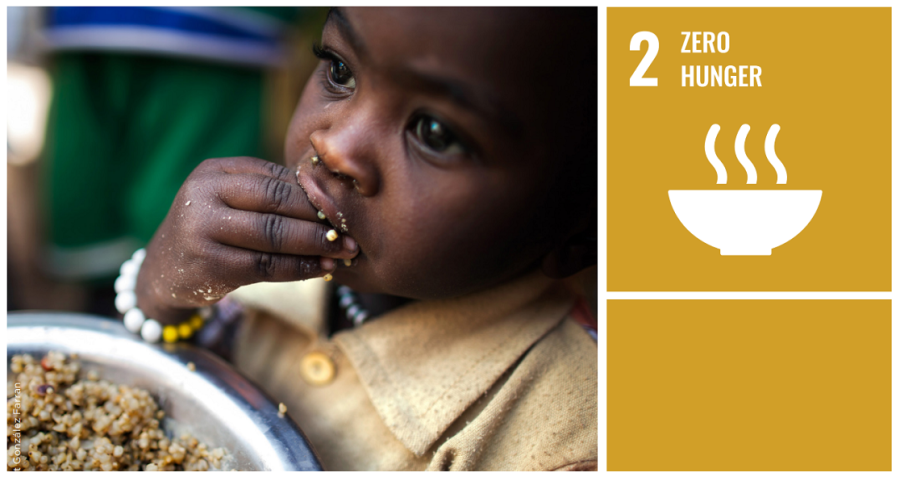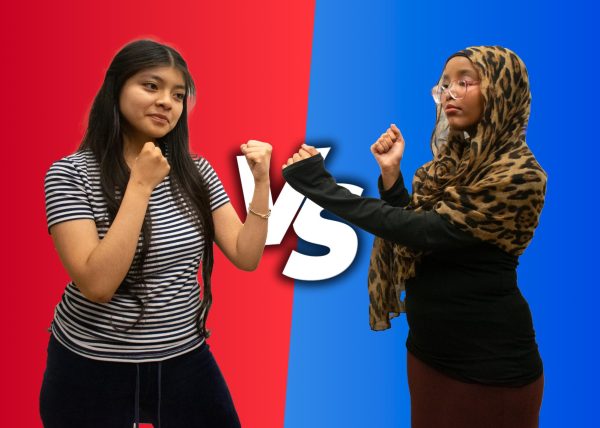Humanizing Humanitarian Aid Organizations
Advertisements of humanitarian aid organizations, such as the Red Cross or the United Nations International Children’s Emergency Fund (UNICEF), often present a particular image: a person struggling, injured or in need of food or water, perhaps covered in dust or blood. Almost every humanitarian organization popularizes their cause through this pity-driven marketing strategy, and although this method is effective, it is unethical. Today, advertisements published by humanitarian organizations create stereotypes, promote tokenization and broadcast the suffering of marginalized groups.
Humanitarian ads incorporate “shock advertising,” which works specifically to target consumer guilt, resulting in greater fundraising. At their core, humanitarian organizations are funded by the general public’s empathy for those “less fortunate,” as well as social norms that promote a responsibility to “give back.” Once these emotions run their course, countries, still in need, are left with warped global perceptions, making them more vulnerable than before.
For most people, consumption of such advertisements does not result in donations, but instead internalization of stereotypes and tokenization of communities that are unable to control the circumstances they live in. Alexandra Lee (III), co-president of Boston Latin School Red Cross, describes how “aid organizations often use pictures of people from continents such as Africa and Asia, which really contributes to the single-story narrative that those areas of the world are defined by being underdeveloped.” These warped perceptions impact how these humanitarian aid organizations reach people in need.
Humanitarian organizations are consistent in their fundraising, but they are quickly outpaced by the trajectory of modern conflicts dealing with disease, climate change and war — arguably the chief reasons for why these organizations exist in the first place. The Global Humanitarian Overview estimates that about 35 billion dollars is necessary to fulfill the goals of these organizations combined, an amount 18 times the cost projected in the late 1990s.
Not only is this expectation unrealistic for fundraisers, but it is also unsustainable as these numbers only continue to rise. These large numbers, paired with an equally massive disregard for the true needs of targeted communities, illustrate how humanitarian organizations are less influential than they advertise themselves to be.
Over the last decade, the effectiveness of humanitarian organizations has been challenged by stagnant job employment in aided countries, with surveys indicating that few people believe their requests are included in aid provision and people selling their aid for more necessary things. For instance, Mark Lowcock, Under-Secretary-General for Humanitarian Affairs at the United Nations, conducted a survey in Burkina Faso, the Central African Republic, Chad, Nigeria, Somalia and Uganda in 2020, which showed that more than half of these populations believed the aid they received failed to cover their most important needs.
These humanitarian organizations raise such large amounts of money via harmful advertisements, yet their aid is not promoting effective change in the communities they serve. Only the continued perpetuation of stereotypes and tokenization of these communities is gained from manipulative advertisements.
Instead, aid organizations should seek to reallocate funding towards grassroots organizations in the countries where they center their outreach efforts, supporting individuals and communities affected by humanitarian crises around the world.
BLS Facing History and Capstone teacher Ms. Judi Freeman describes several organizations that do this effectively, including Physicians for Human Rights (PHR) and Partners in Health (PIH). She points out their exceptional fundraising model that redirects their narratives away from common promises of humanitarian aid to “save” countries in need, and instead directs them toward helping these countries achieve self-autonomy: “What’s great about organizations like PIH and PHR that you’ll recognize if you dig deeper in their materials, is that you see that their emphasis isn’t actually on bringing ‘savior doctors’ from Europe and the [United States], but they bring in well-trained doctors who come in and train local doctors so that they can take over the care, which they do.”
Other aid organizations should follow these organizations’ lead, putting people and their dignity at the core of what they do, including within their advertising and fundraising efforts. A picture of students learning diligently in school could be just as effective as an image of a child in a war-torn country to raise funds, without stripping people of their dignity and using them performatively.







